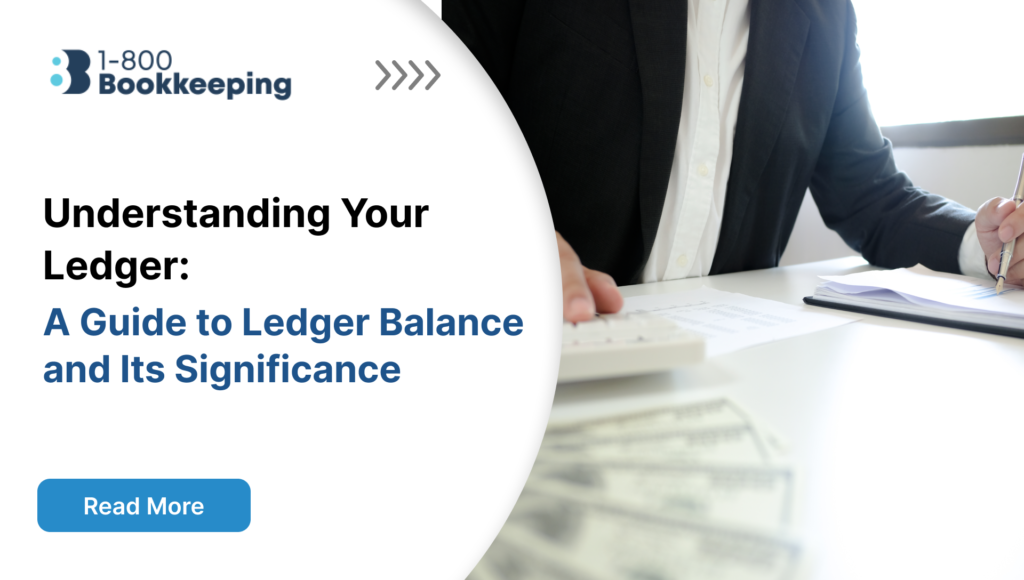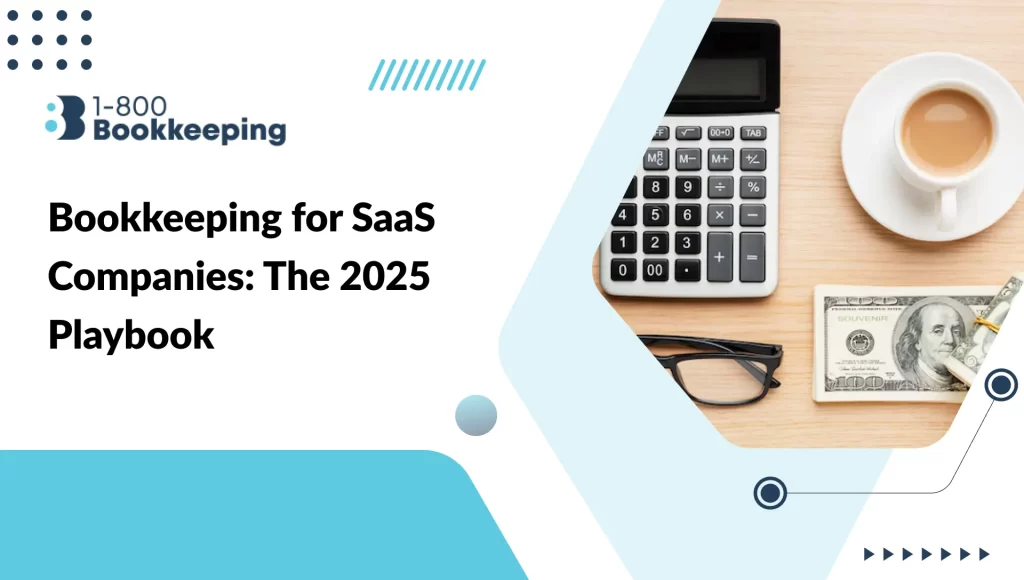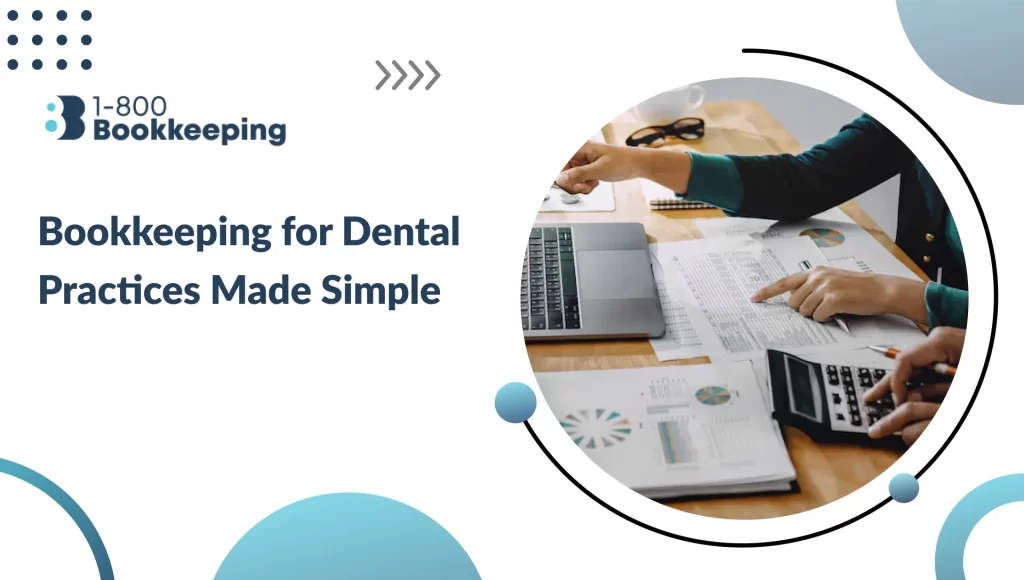As a small business owner or an individual keen on managing your finances, it’s essential to comprehend the concept of a ledger balance within the context of your bank account. This balance is a critical indicator of your financial standing, much like a snapshot of a moment in time. In this blog, we’ll delve into the nitty-gritty of ledger balances, their operation, their significance, and how they differ from available balances. Plus, we’ll guide you through calculating your ledger balance, ensuring you can maintain a vigilant eye on your financial health.
What’s a Ledger Balance?
A ledger balance represents the total sum of funds in your bank account at the beginning of each banking day, reflecting all cleared and uncleared transactions. For a small business, this includes the culmination of daily sales, outstanding checks, and automatic transfers. The ledger balance can be likened to an opening balance on a general ledger that showcases the day’s financial transactions.
Streamline Your Ledger Balance Management with 1800Bookkeeping
Count on 1800Bookkeeping to transform how you manage your ledger balance and overall financial health. Our expert services precisely track and update your ledger balance, ensuring accuracy in your financial records every banking day. By leveraging our comprehensive bookkeeping solutions, you can effortlessly add credits, subtract debts, and maintain a clear overview of your closing ledger balance, essential for informed decision-making.
Let 1800Bookkeeping be your partner in achieving financial clarity and stability for your business so you can focus on growth rather than getting bogged down in numbers.
How a Ledger Balance Works
A ledger balance can be likened to a daily financial snapshot of your bank account. It’s the starting figure that appears when your bank updates its records at the beginning of each banking day based on the closing balance of the previous day. Throughout the day, your bank account may witness a flurry of activity: customers may pay invoices leading to deposits, you might issue refunds or pay bills resulting in withdrawals, or you might move funds between accounts with transfers.
Despite these activities, your ledger balance remains static during the banking day. Consider it the baseline from which all daily transactions are measured but have yet to be immediately altered. Banks only tally up the day’s transactions and update the ledger balance at the end of the banking day, usually after the close of business. This new ledger balance will reflect the sum of all the cleared transactions—checks that have been processed, deposits that have been verified, and other payments that have been settled.
This cyclical and systematic process always ensures a clear record of your account’s starting point for each day, which is essential for accurately tracking and managing funds. The ledger balance is your bank account’s ground zero each morning, presenting you with a clear and consistent benchmark from which financial activity is gauged.
Why Ledger Balances are Important
Whether running a small business or managing personal finances, the ledger balance is essential for various reasons. As an official record from the bank, your ledger balance tells you the amount of money that is fully processed and confirmed in your account, which is critical for accurate bookkeeping. It is the definitive number from which all financial reconciliations—matching your records against the banks—begin.
This is particularly important for small businesses as it directly impacts cash flow management. Knowing exactly how much money is available in your bank allows for making informed decisions about spending, investing, and saving. Furthermore, ensuring that the bank recognizes this balance provides a firm defense against the potential for overdrafts, which can result in hefty fees and disrupt business operations.
On an individual level, the ledger balance empowers you to avoid overspending. It’s an invaluable tool for personal finance management—helping to prevent bouncing checks or the embarrassment of declined transactions due to insufficient funds. By clearly understanding your ledger balance, you protect yourself from inadvertently overstepping financial boundaries.
Ledger Balance vs. Available Balance
In managing your finances, whether personal or for a small business, it is crucial to understand the difference between the terminology of ledger balance and available balance, as it can influence financial decision-making and account management.
Your ledger balance refers to the initial sum of money in your bank account when the bank day starts. This amount reflects the closing balance from the previous night, accounting for all cleared transactions. It is the static number you would first see when you check your bank statement in the morning or at the beginning of business.
On the other hand, your available balance is a more fluid figure—the actual real-time sum of money you have at your disposal for transactions, withdrawals, or payments at any given point in the day. This balance decreases with each card purchase or cash withdrawal and may increase with direct deposits into your account. A critical distinction is that the available balance considers any pending transactions that the bank hasn’t yet fully processed, such as check deposits waiting to clear or card transactions that have been authorized but not finalized.
Monitoring both balances is crucial. A healthy ledger balance gives a false sense of financial security if substantial pending debts must be subtracted from the available balance. If you rely solely on the ledger balance for spending decisions, you may inadvertently overdraw your account, incurring fees or bouncing payments.
Factors that Affect Ledger and Available Balance
Understanding what affects your bank balances is just as important as understanding them. Several factors play a role in calculating your ledger and available balances, which can lead to significant differences between the two.
Pending deposits are a common element that affects both balances. For instance, if you’ve deposited a check into your account, the check amount may show up in your ledger balance after the bank registers the deposit. However, the funds may only be included in your available balance once the bank has verified and processed the check, which can take a few days.
Checkholds represent another critical factor. Banks often place holds on checks to verify that the funds are available from the issuing bank. While these funds are on hold, they will not be reflected in your available balance, which could lead to miscalculations if you need to be made aware of the hold status.
Ongoing transactions, such as automatic bill payments or pre-authorized debits, can impact your available balance. For example, suppose you have scheduled payments for utilities or loan installments. In that case, the bank may set aside these funds, thus reducing your available balance even though the transaction may not yet be reflected in your ledger balance.
As a small business owner, it’s critical to recognize these factors to ensure you’re not assuming there’s more money available for use than there is. Keeping a close eye on the ledger and available balances and understanding the timing and impact of pending transactions can help prevent financial mistakes that could lead to overdrafts, declined transactions, and additional fees. An accurate picture of your finances is crucial for a small business, where cash flow management is critical to maintaining operations and ensuring profitability.
How to Calculate Your Ledger Balance
Mastering the calculation of your ledger balance is a fundamental skill for sound financial management, whether you’re a small business owner or an individual keen on keeping a meticulous eye on your bank account. This balance is a cornerstone of financial health, reflecting the amount of money in your account at the beginning of a new banking day and serving as a crucial indicator for future financial planning.
To calculate your ledger balance, start with the opening balance. This figure is not just a random number but the ledger balance carried over from the previous day’s financial activities. It represents the final confirmed amount your bank acknowledged at the end of the last banking period after all transactions were accounted for, cleared, or processed.
With this foundational opening balance, you will add all credits. Credits encompass any money that increases your bank balance, such as customer deposits, cash deposited into the account, electronic transfers received, and any other form of increments, like interest earned or refunds processed in your favor.
After adding all credits, it is time to address the debits. Debits are transactions that reduce your bank balance. They include money you’ve spent or withdrawn, ranging from checks you’ve issued that have been cashed, direct payments made for expenses, automated bill payments, and any fees or charges levied by the bank.
The result of this addition and subtraction gives you the closing ledger balance for the day, which is a vital figure that provides insight into the health of your account. This closing balance is more than just a number; it is a financial statement, telling a story of how the day’s transactions have affected your overall financial position. It becomes the starting line, the new opening balance, when the next banking period commences.
It’s important to note that while this process might seem simple, it requires vigilance and accuracy. Regularly monitoring the ledger balance can help preempt overdrawn accounts and financial strain. For small businesses, in particular, this practice is invaluable for cash flow management, helping to ensure that sufficient funds are available for day-to-day operations and that the company can meet its financial obligations.
Conclusion:
Mastering the intricacies of ledger balance is fundamental for effective financial management, whether you’re a small business owner or an individual navigating personal finances. This comprehensive guide explored the concept of ledger balance, its significance, and how it differs from available balances. Understanding these fundamentals empowers you to maintain a vigilant eye on your financial health and make informed decisions to safeguard your economic well-being.
Feeling Overwhelmed by Bookkeeping? We Can Help.
Running a business is demanding, and keeping track of your finances can be a never-ending chore. Many business owners need help with the complexities of bookkeeping and payroll management, which can leave them frustrated and behind.
1800 Bookkeeping offers expert services to streamline your financial processes and empower you to make informed decisions.
Our team of seasoned professionals understands the unique challenges businesses of all sizes face. We can help you:
- Free Up Valuable Time: Offload your bookkeeping tasks to our dedicated professionals.
- Gain Peace of Mind: Ensure your financial records are accurate and up-to-date.
- Make Smarter Decisions: Get actionable insights into your business performance through clear and concise reports.
- Feel Confident: Make informed financial decisions based on reliable data.
Don’t let bookkeeping hold you back from achieving your business goals. Contact 1800 Bookkeeping today for affordable bookkeeping solutions.
FAQ:
1. What is a ledger balance, and why is it important?
A ledger balance represents the total sum of funds in your bank account at the beginning of each banking day, including cleared and uncleared transactions. It is a crucial indicator of your financial standing, facilitating accurate bookkeeping, cash flow management, and informed decision-making for small businesses and individuals.
2. How does a ledger balance differ from an available balance?
While a ledger balance reflects the total funds in your account at the start of the banking day, an available balance is the real-time sum of money you have for transactions, considering pending transactions yet to be fully processed. Monitoring both balances is essential to avoid overdrafts and ensure accurate financial management.
3. What factors affect ledger and available balances?
Several factors impact the ledger and available balances, including pending deposits, check holds, ongoing transactions, and bank fees or charges. Understanding these factors is crucial for maintaining financial stability and avoiding costly mistakes.
4. How can I calculate my ledger balance?
Calculating your ledger balance involves starting with the opening balance, adding all credits (deposits), and subtracting all debits (withdrawals and expenses). Regular monitoring and accurate record-keeping are essential to preempt overdrawn accounts and ensure sufficient funds for financial obligations.





